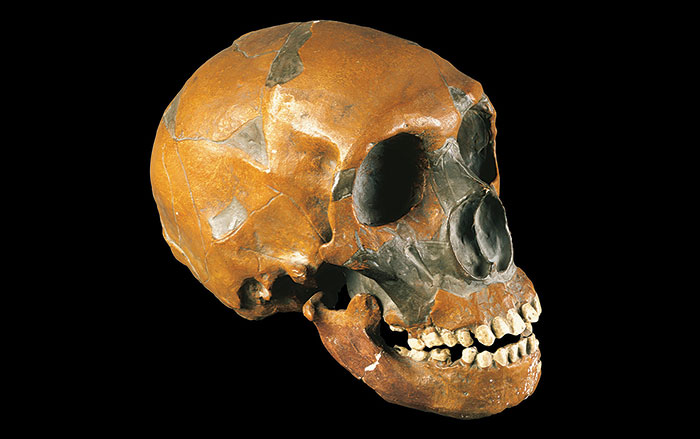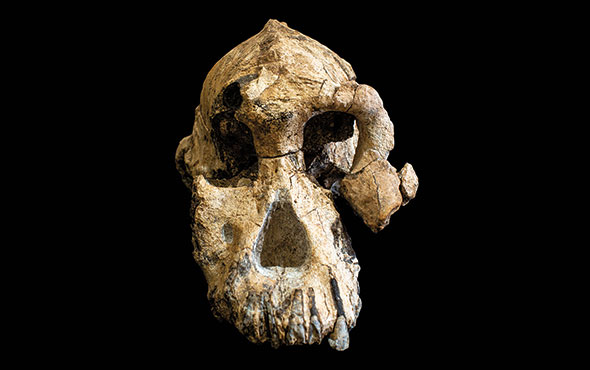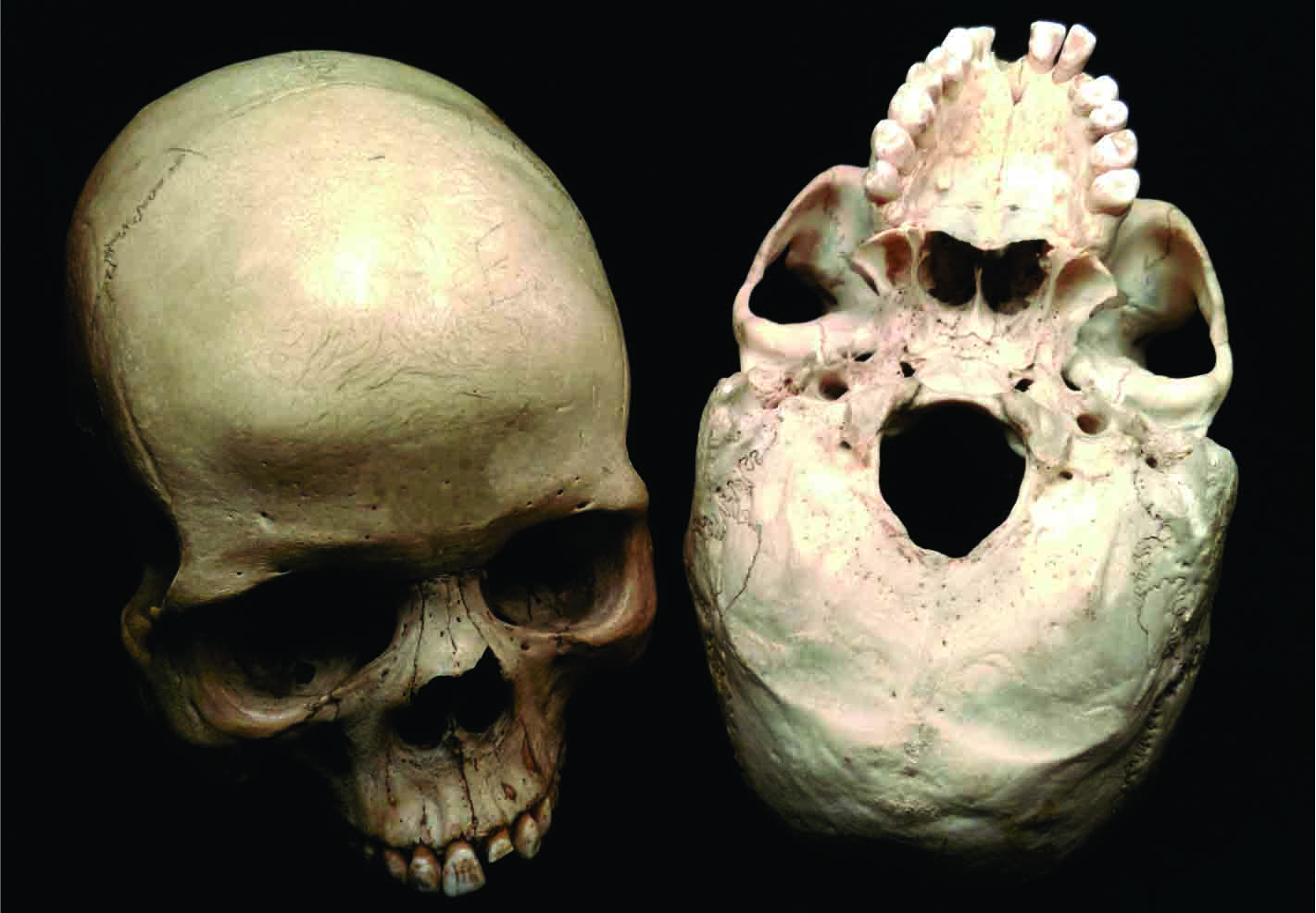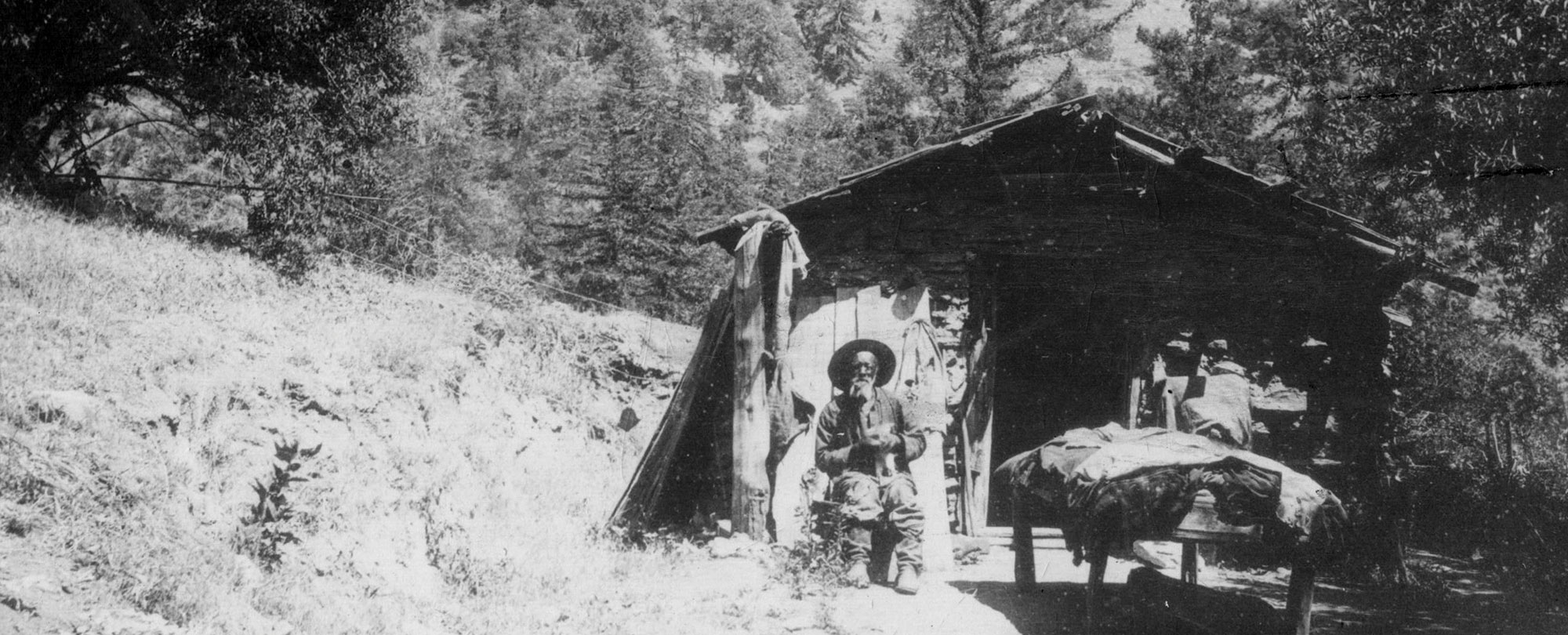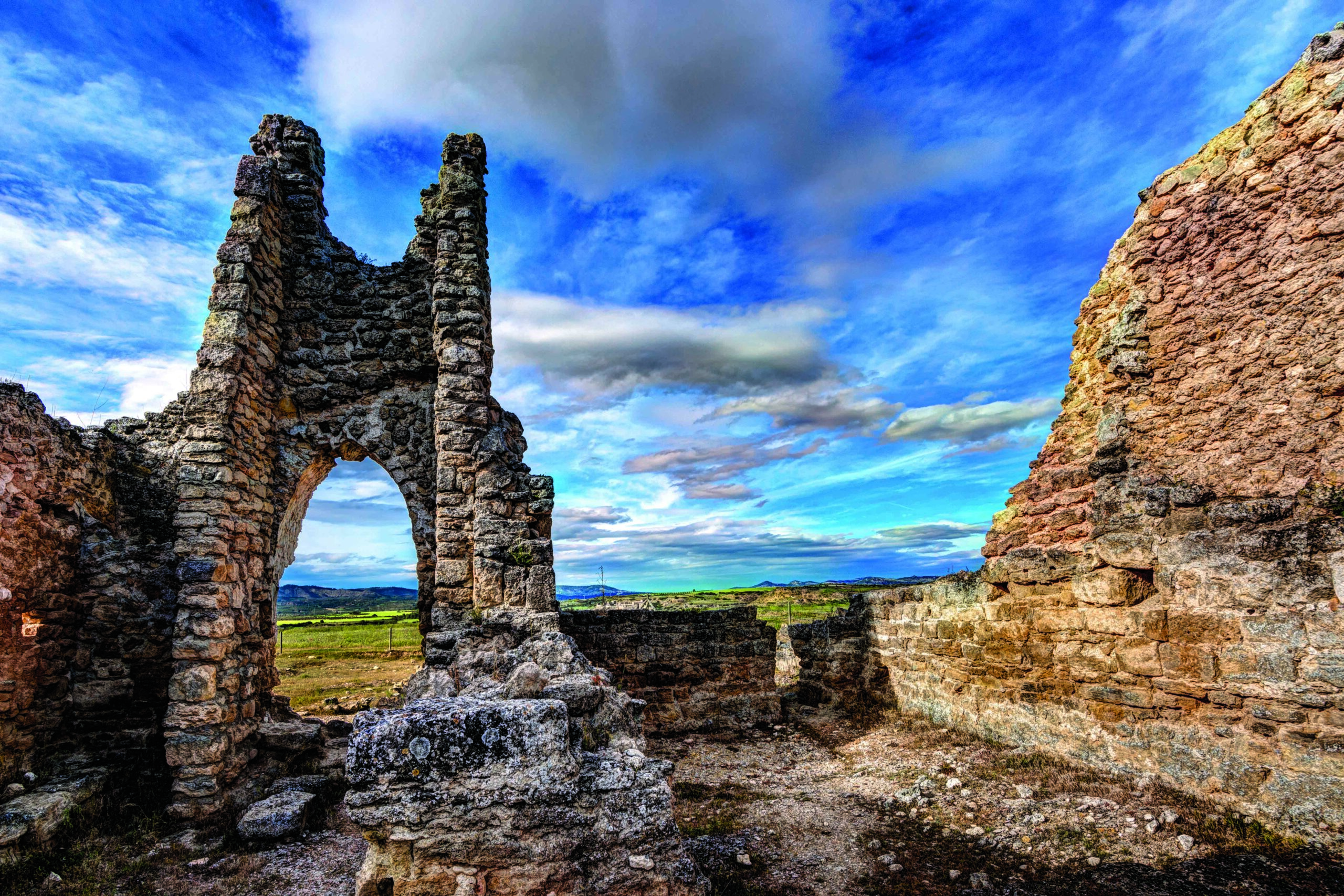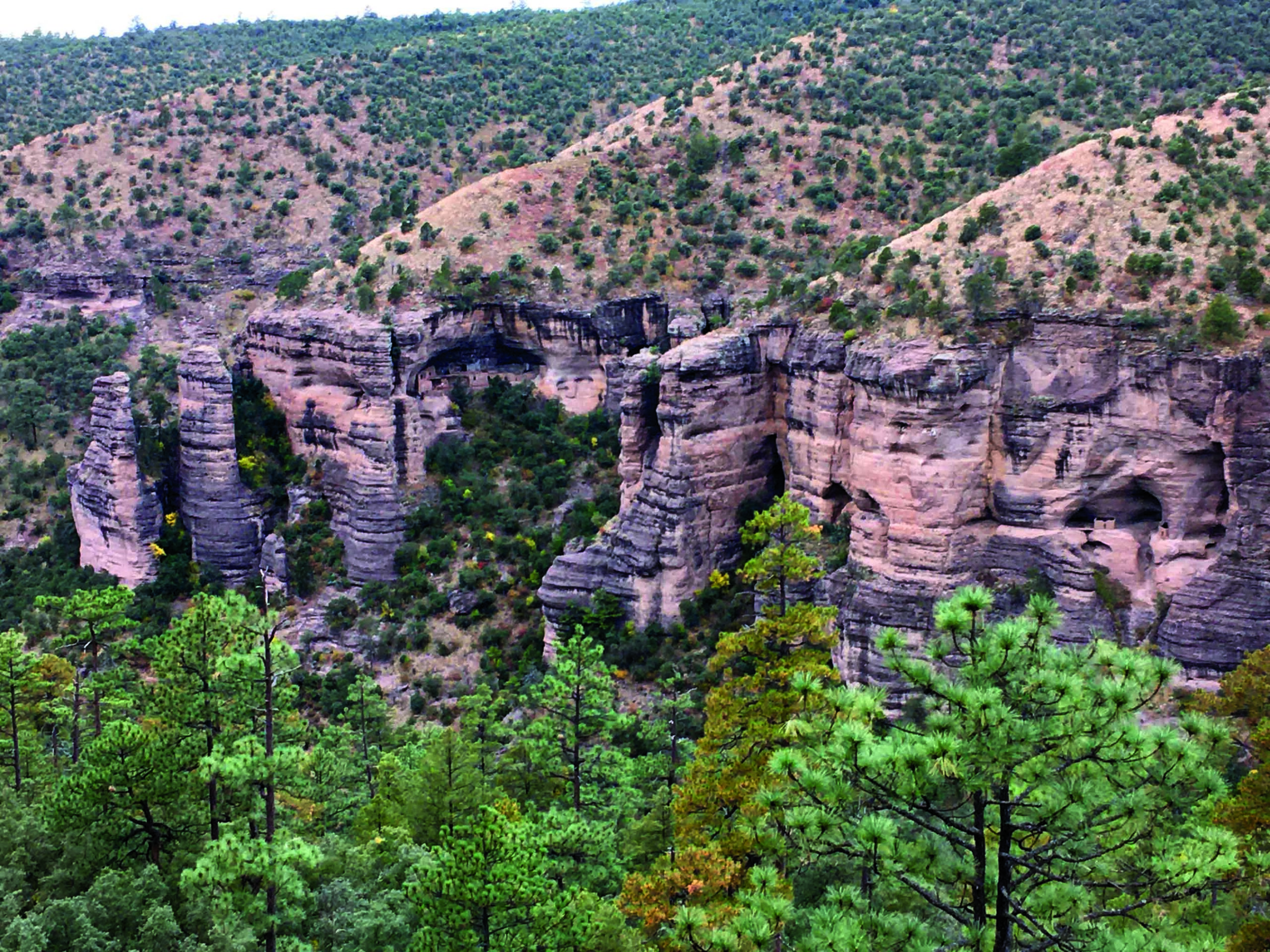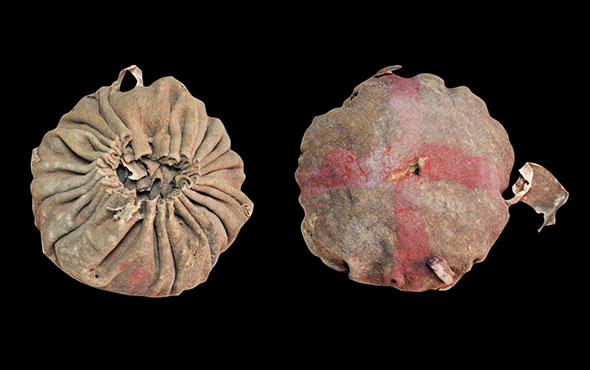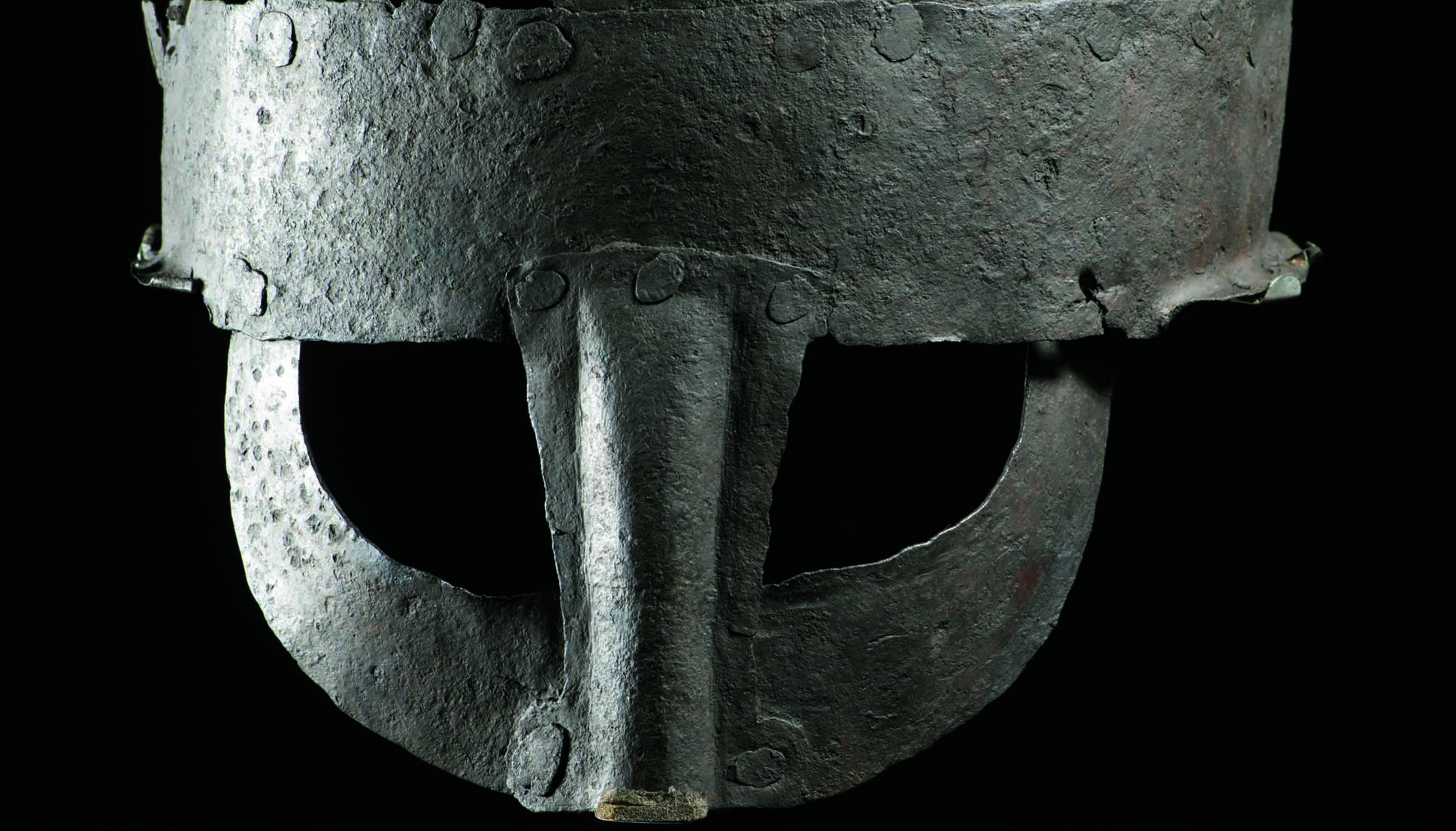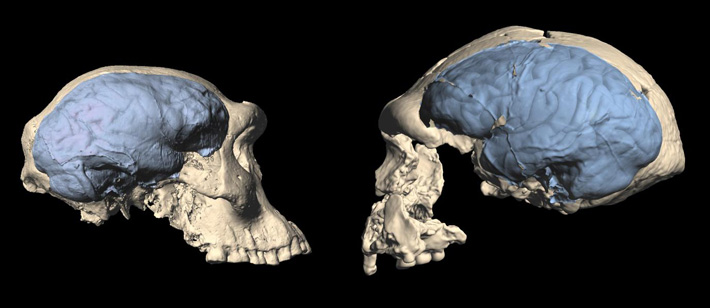
ZURICH, SWITZERLAND—According to a Science News report, a new study of early human skulls suggests that more modern human–like brain structures began to evolve about 1.7 million years ago. It had been previously thought that such brain structures first arose roughly 2.8 million years ago, soon after the Homo lineage appeared. Paleoanthropologist Marcia Ponce de León of the University of Zurich and her colleagues re-created the possible outer surface of brains from impressions preserved on the inner surfaces of fossil skulls, including the 1.77-million to 1.85-million-year-old remains from the Dmanisi site in Georgia and fossils from Africa and Southeast Asia ranging in age from two million to 70,000 years old. The researchers concluded that the 1.8-million-year-old Dmanisi remains and those of the same age from Africa exhibited brains organized like those of great apes. “These people ventured out of Africa, produced a variety of tools, exploited animal resources, and cared for elderly people, as we know from the site of Dmanisi,” Ponce de León said. The study also suggests that brain organization became more modern human–like in Africa between about 1.5 to 1.7 million years ago, she added, and about 1.5 million years ago in Southeast Asia. Analysis of changes in the environment throughout this period could help scientists understand what drove the changes in brain organization. To read more about Homo erectus skulls recovered from Dmanisi, go to "Homo erectus Stands Alone," one of ARCHAEOLOGY's Top 10 Discoveries of 2013.


